Many familiar streets in Saigon have changed and become more modern when comparing the present with photos taken in the 1960s.


Nguyen Hue Boulevard around 1970 and is now a pedestrian street viewed from the Saigon River. At the end of the street is the Ho Chi Minh City People's Committee (before 1975, it was the City Hall), built from 1898 to 1909. Today, along both sides of this street and the surrounding area are modern with many high-rise buildings.
The road is about 700 m long, connecting the City People's Committee with Bach Dang Wharf. Originally, this was a canal leading water from the Saigon River to Gia Dinh Citadel with the name Kinh Lon. In 1887, the French filled the canal and opened a road with the original name of Charner Boulevard.
In 1956, the Republic of Vietnam government changed the name to its current name. Not only has it been a busy avenue for a long time, but the street was once a bustling spring flower market. In 2004, Ho Chi Minh City restored the flower street and then renovated it into Nguyen Hue walking street in 2014.


These streets still keep their names but have many changes, high-rise buildings are close together. The Tran Hung Dao statue at the construction site after restoration was put back in its original state. Bach Dang Wharf on the riverside was converted into a park.


Compared to the 1968 photo taken by Douglas Decker, the roundabout in front of Ben Thanh Market no longer exists, and the surrounding buildings have also changed a lot after more than 50 years.
The roundabout has existed since 1914, and has been associated with many generations of Saigonese. In 1964, students placed a bust of Quach Thi Trang here to commemorate the female student who died in a protest against the government at that time. A year later, a statue of Tran Nguyen Han riding a horse on a high pedestal was also placed here. In 2014, to construct the Ben Thanh - Suoi Tien underground metro station, the statues of Tran Nguyen Han and Quach Thi Trang were relocated. In front of the market is the Ben Thanh station of Metro Line 1 with a scale of 4 underground floors. Two years ago, the metro construction site cleared the ground to help the area become more airy. The city government is planning to renovate the Quach Thi Trang roundabout at a cost of 157 billion VND.

Like Nguyen Hue Street, this is a canal filled by the French to make a road since the end of the 19th century, about 900 m long. For more than a century, this section of the road has been called by two names: Boulevard Bonard during the French period and Le Loi Avenue since 1955. On the road are many old buildings of Saigon such as Tax Trade Center, Theater, Lam Son Square, Bon Ken roundabout (later called Cay Lieu roundabout)...
In 2014, the road was fenced off for the construction of the Ben Thanh - Suoi Tien Metro Line, and has now been resurfaced. Items on the road such as trees, lighting, sidewalks... have been renovated and are being proposed to be turned into a pedestrian street.


This is considered one of the busiest streets in the city because it is home to luxury shops, hotels, and shopping centers. Notable buildings on this street include: Ho Chi Minh City Theater, Continental Hotel, Grand Hotel Saigon, Caravelle Hotel...


The street was one of the first avenues in Saigon planned by the French. In 1871, the street was named Norodom, because the Reunification Hall was then called Norodom Palace. In 1955, the Saigon government changed the name to Thong Nhat Street.
After the reunification day, the Provisional Revolutionary Government renamed the Independence Palace to the Reunification Palace and April 30 Street. In 1986, General Secretary Le Duan passed away, and the Ho Chi Minh City People's Committee renamed it Le Duan Street.


Duy Tan Street became poetic when it appeared in the lyrics of the song "Tra lai em yeu, khuong troi dai hoc". Duy Tan Street with long shady trees (Tra lai em yeu) by musician Pham Duy. Before 1975, there was a Law School (now Ho Chi Minh City University of Economics), next to it was the University of Architecture, once a dating place for students.


The street is about 3 km long, originally named Pellerin, until 1955, when it was renamed Pasteur. In 1975, the street was renamed Nguyen Thi Minh Khai, but in 1991, the Ho Chi Minh City government used the old name.


Before 1975, Ton Duc Thang Street was called Cuong De. The street runs along the Saigon River, with old buildings such as Bach Dang Wharf, Me Linh Square, Ba Son Shipyard...




The corner of Hong Bang - Chau Van Liem Street in 1967 in a photo by Stan Middleton. Before 1975, Chau Van Liem Street was named Tong Doc Phuong - Do Huu Phuong, a famous rich man in Cochinchina. In 1985, the Ho Chi Minh City government changed it to its current name.
This is one of the main and bustling streets in Cho Lon. In 1974, when China invaded Vietnam's Hoang Sa archipelago, the Saigon Metropolitan Council renamed Tong Doc Phuong Street to Hoang Sa, and the nearby Thuan Kieu Street to Truong Sa to link the street names to the country's sovereignty.


Currently, this intersection is under construction of an underpass, part of the Tran Quoc Hoan - Cong Hoa connecting road project. The entire project is expected to be completed by the end of this year, directly connecting to Tan Son Nhat Airport T3 station (under construction) and reducing congestion in the area.
Quynh Tran ( Photo source )
Vnexpress.net
Source: https://vnexpress.net/nhung-con-duong-sai-gon-thay-doi-sau-hon-50-nam-4740254.html

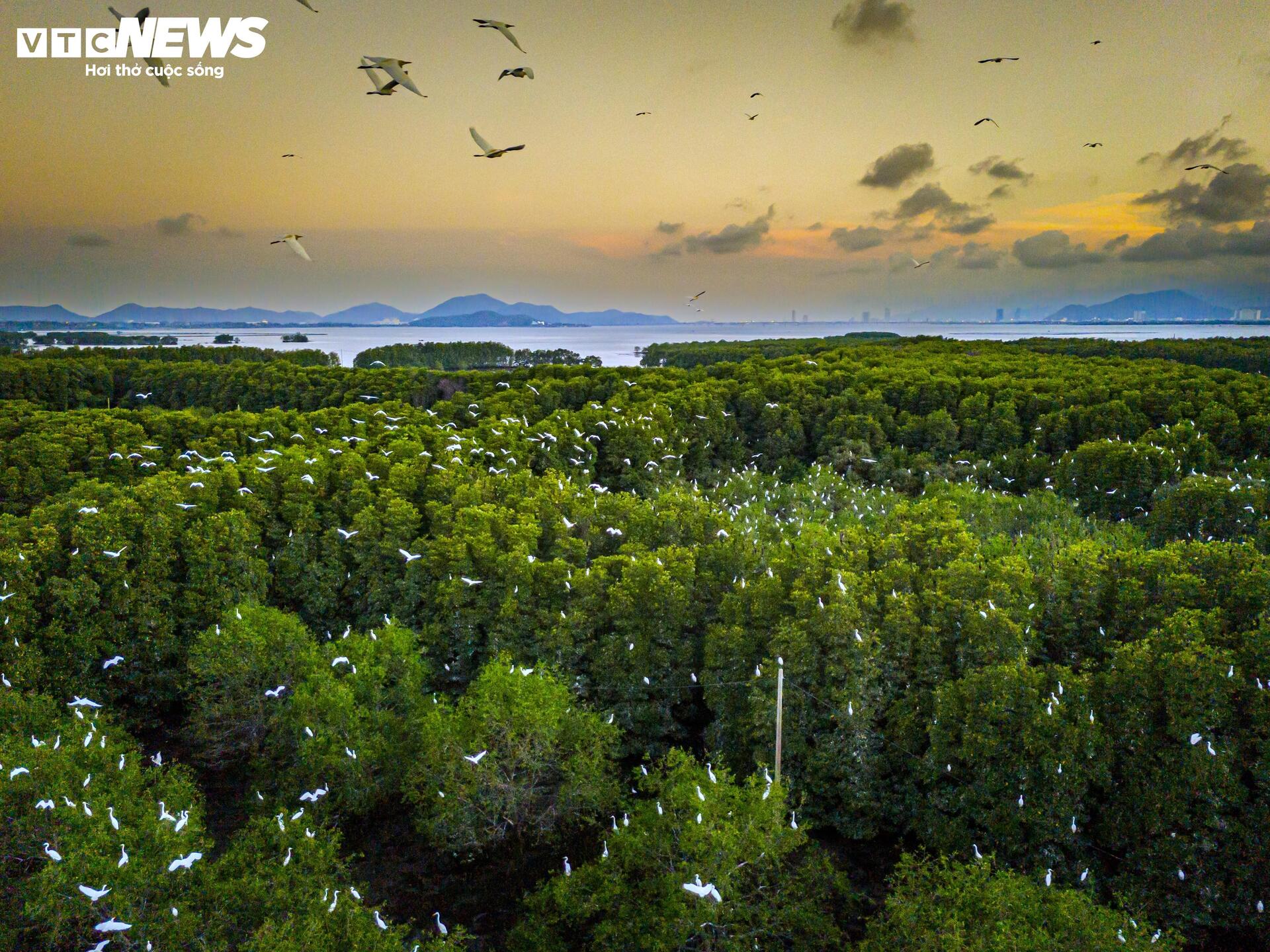

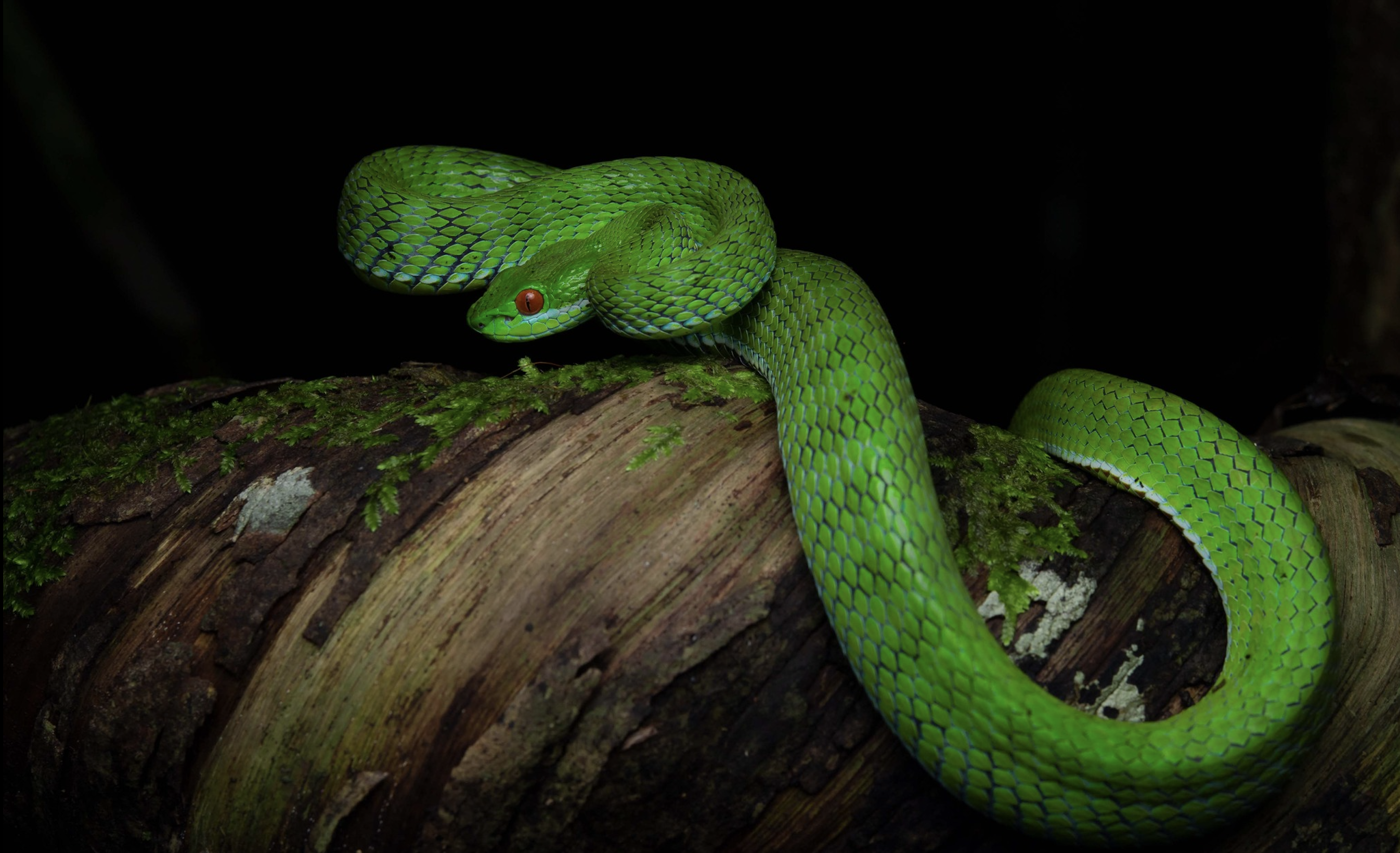

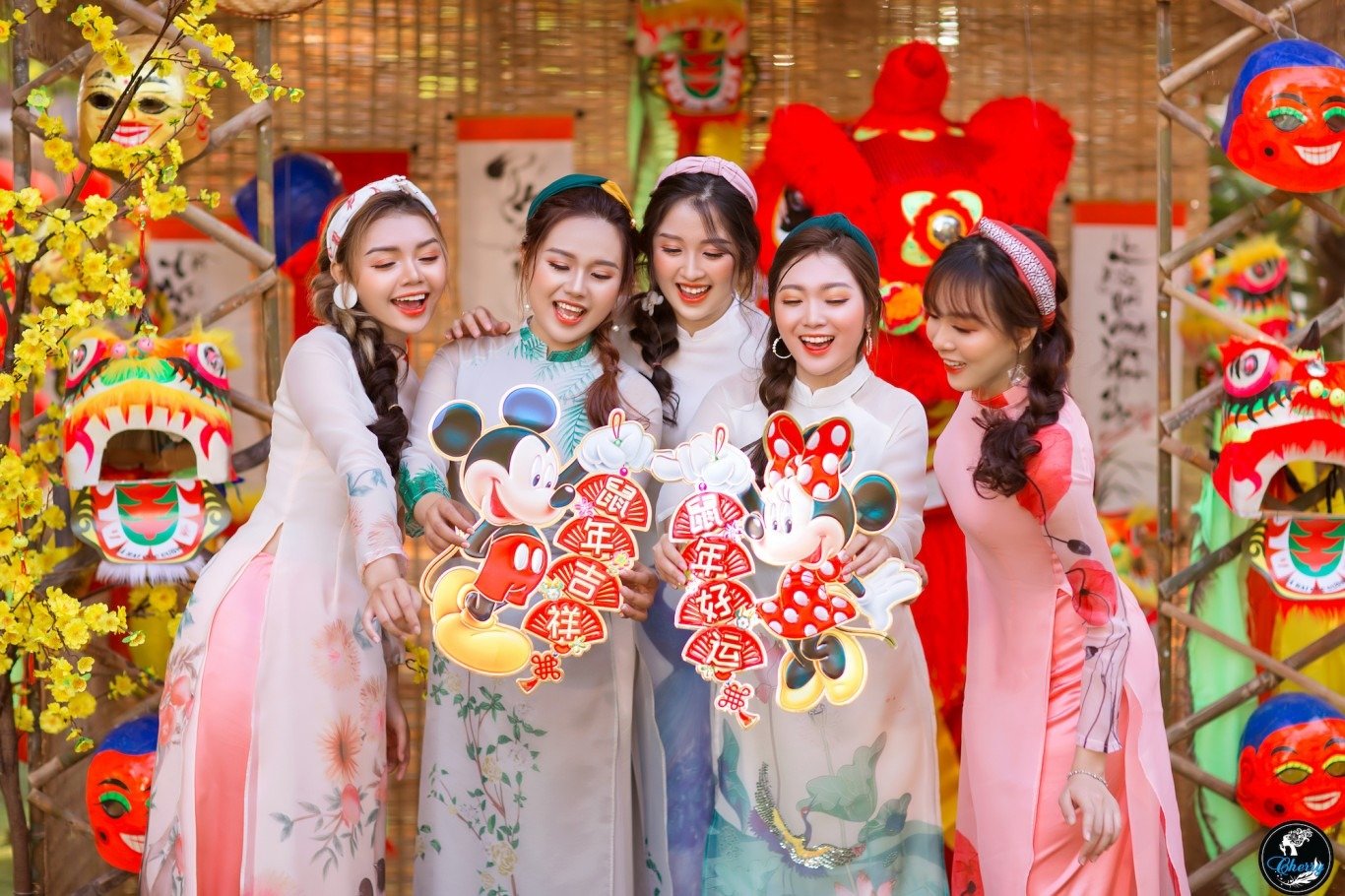
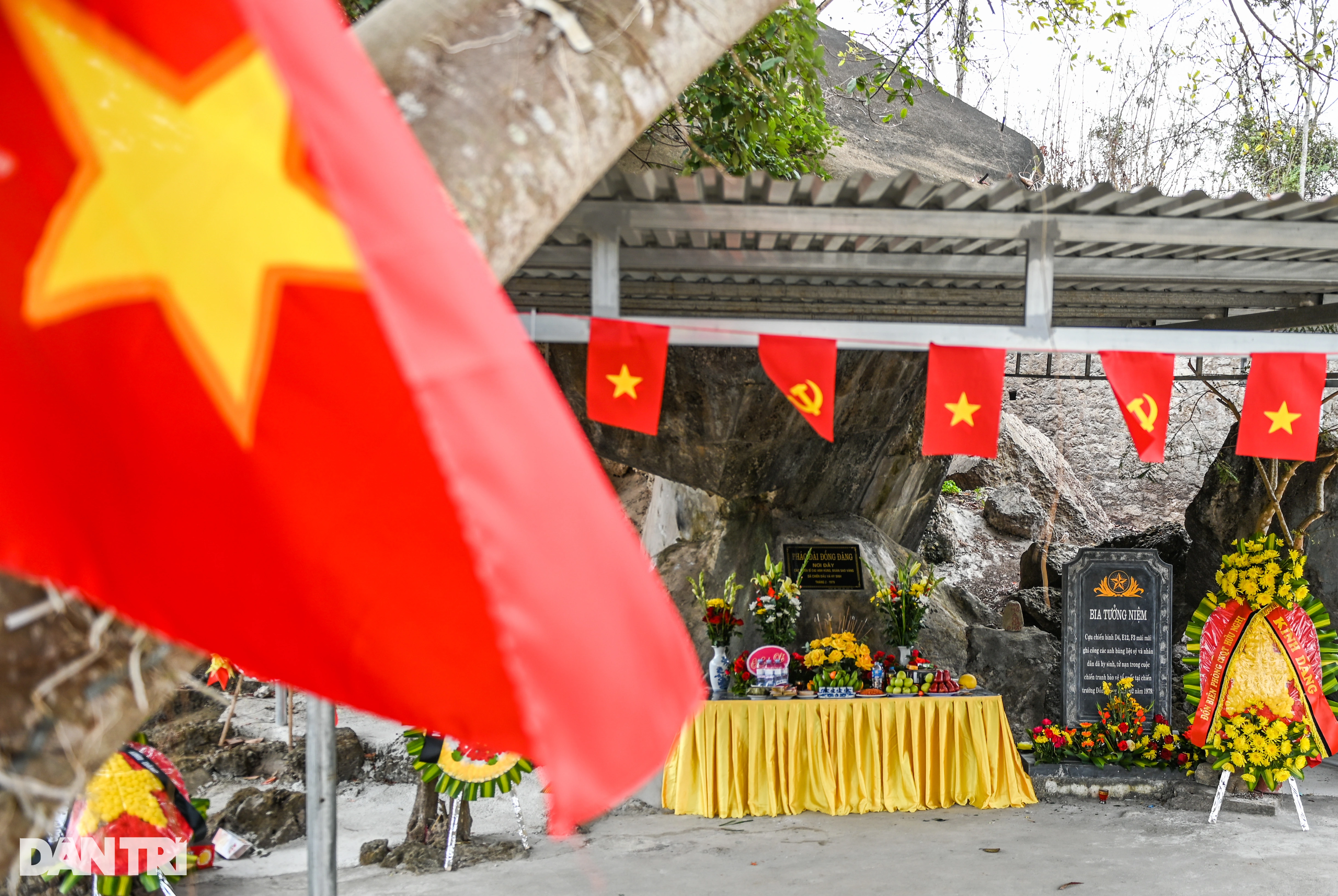





















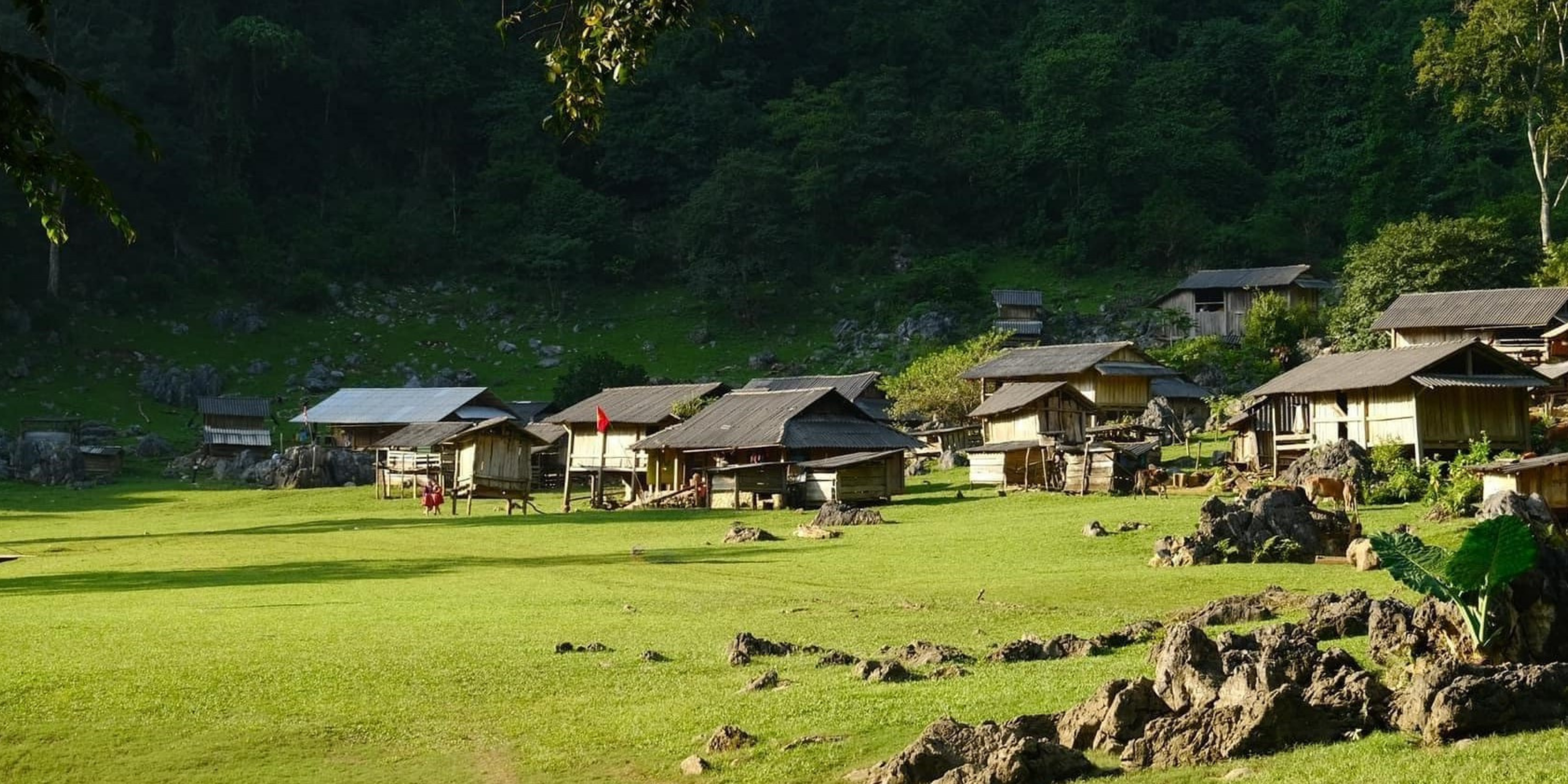
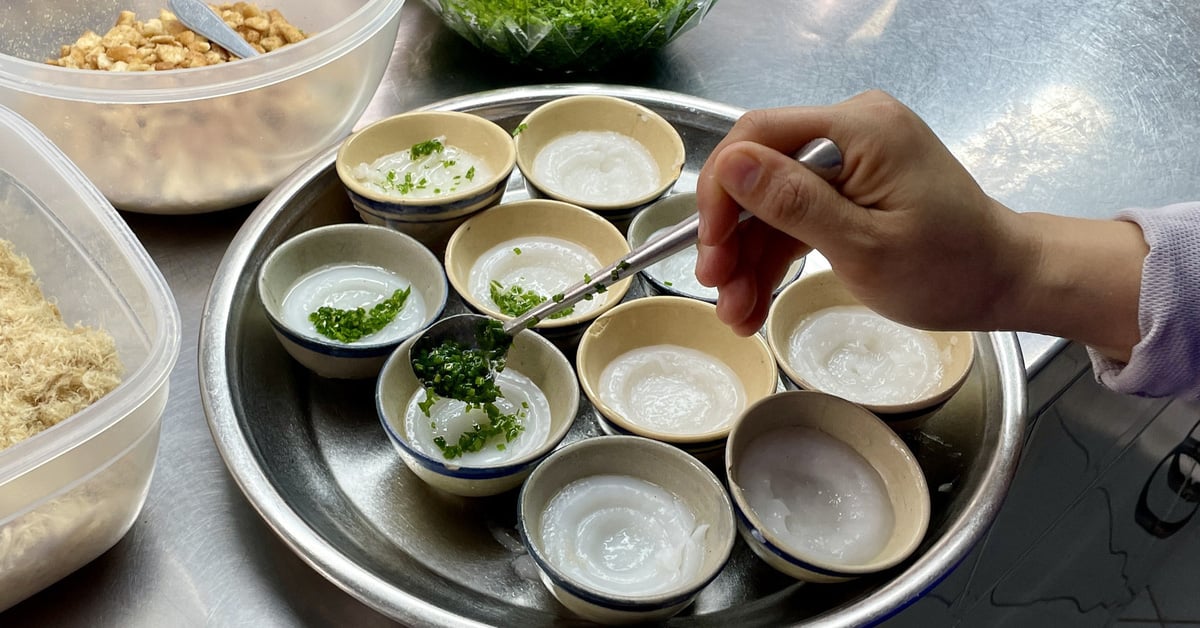

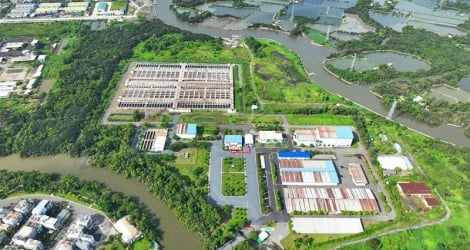

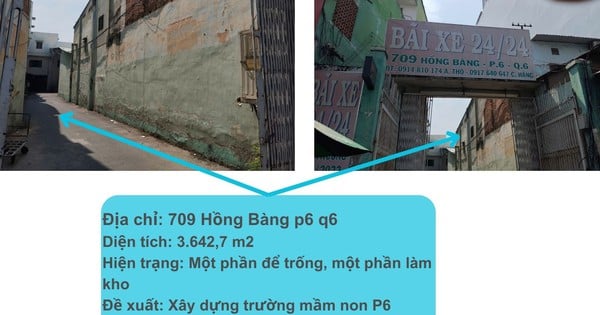

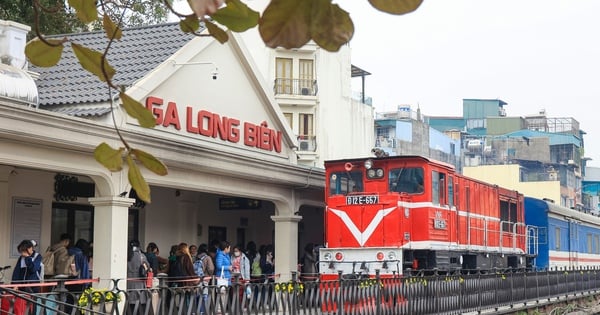

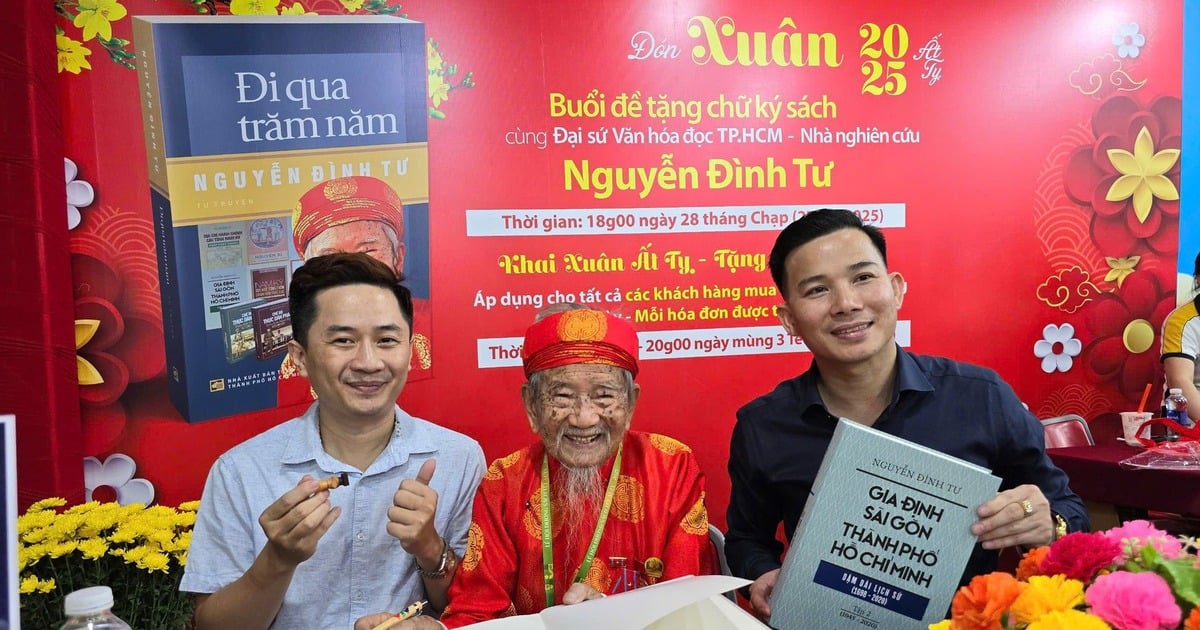

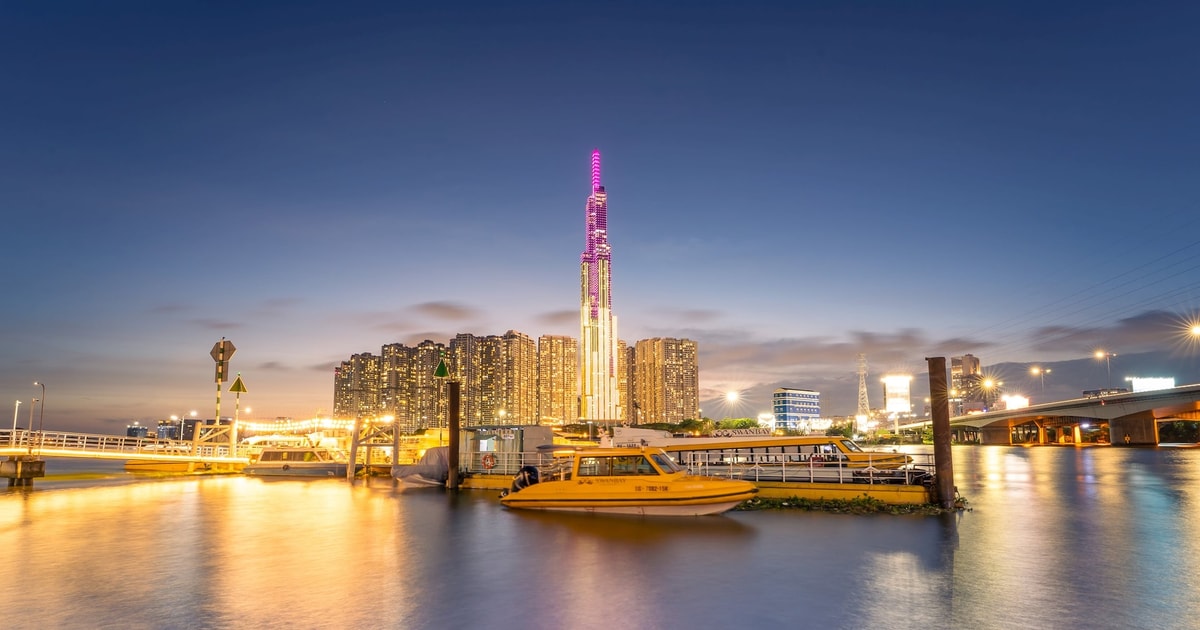


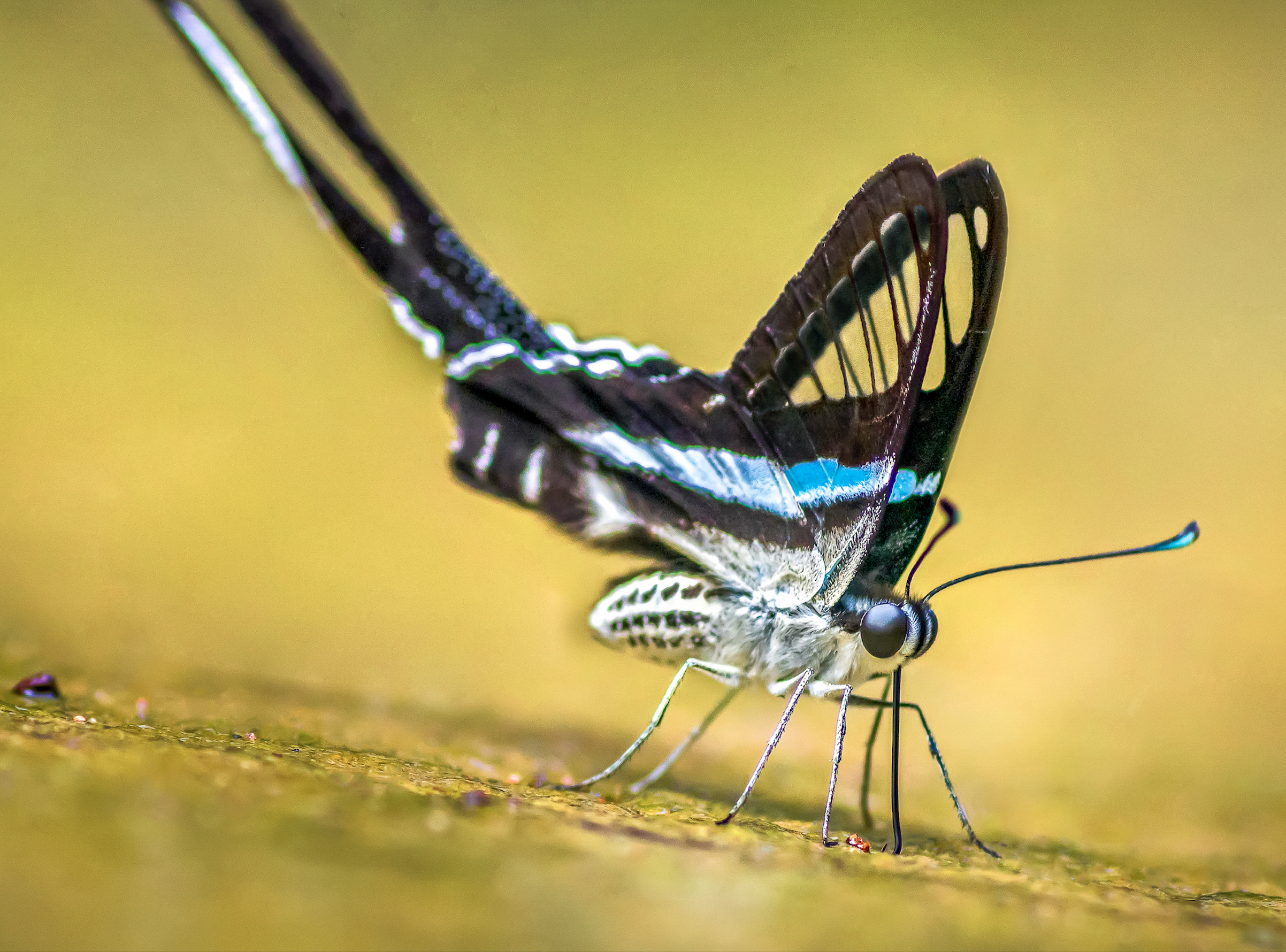

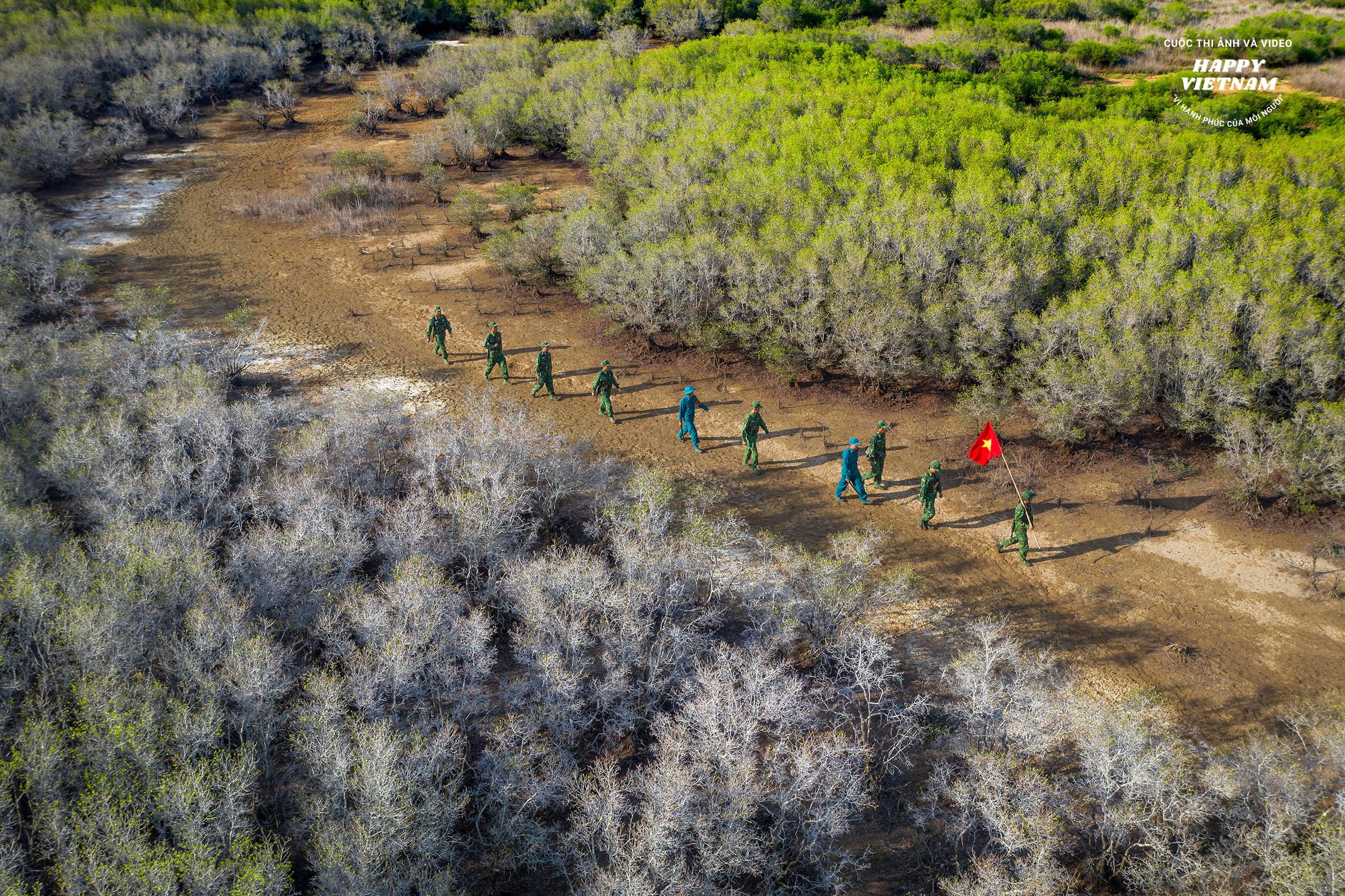
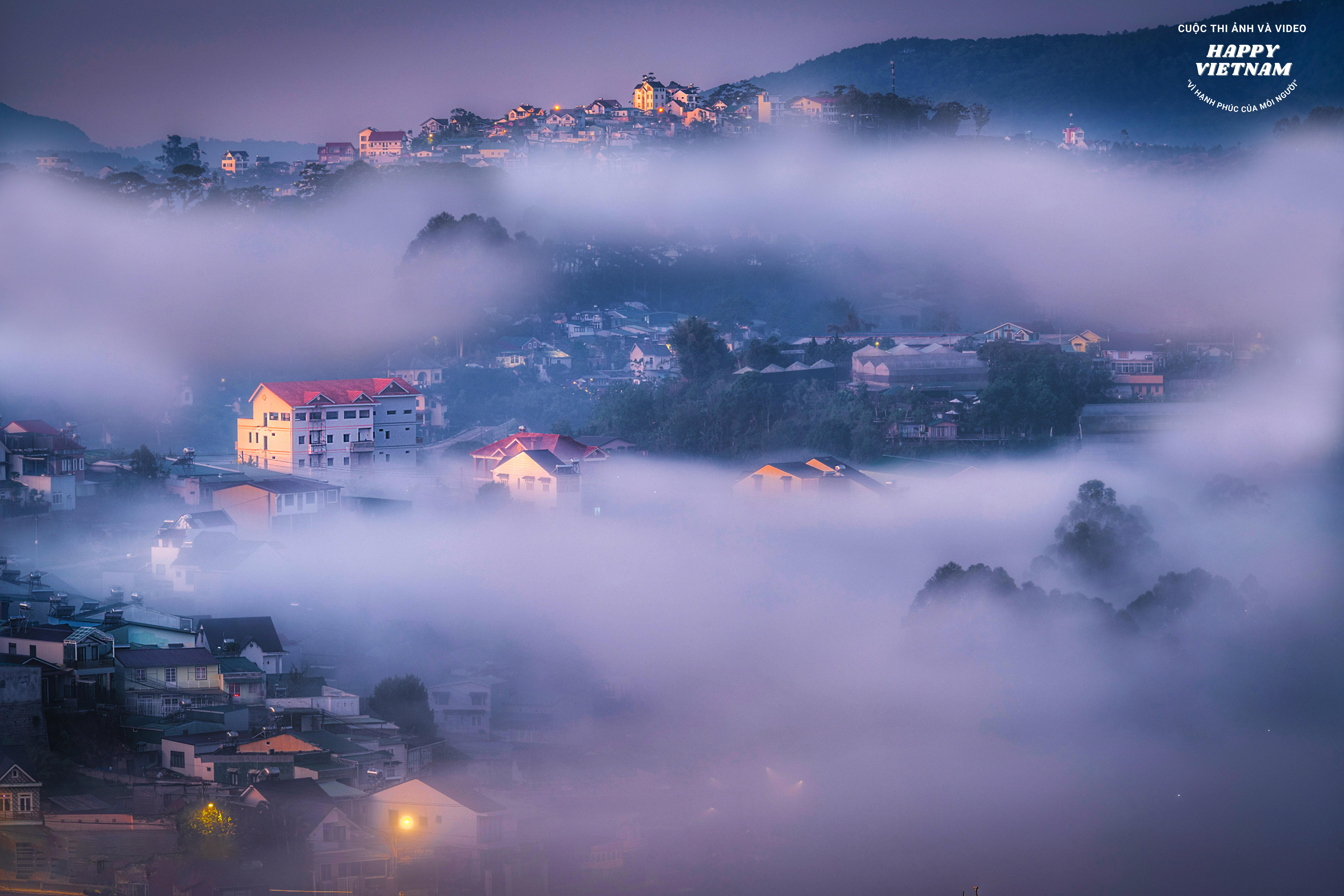




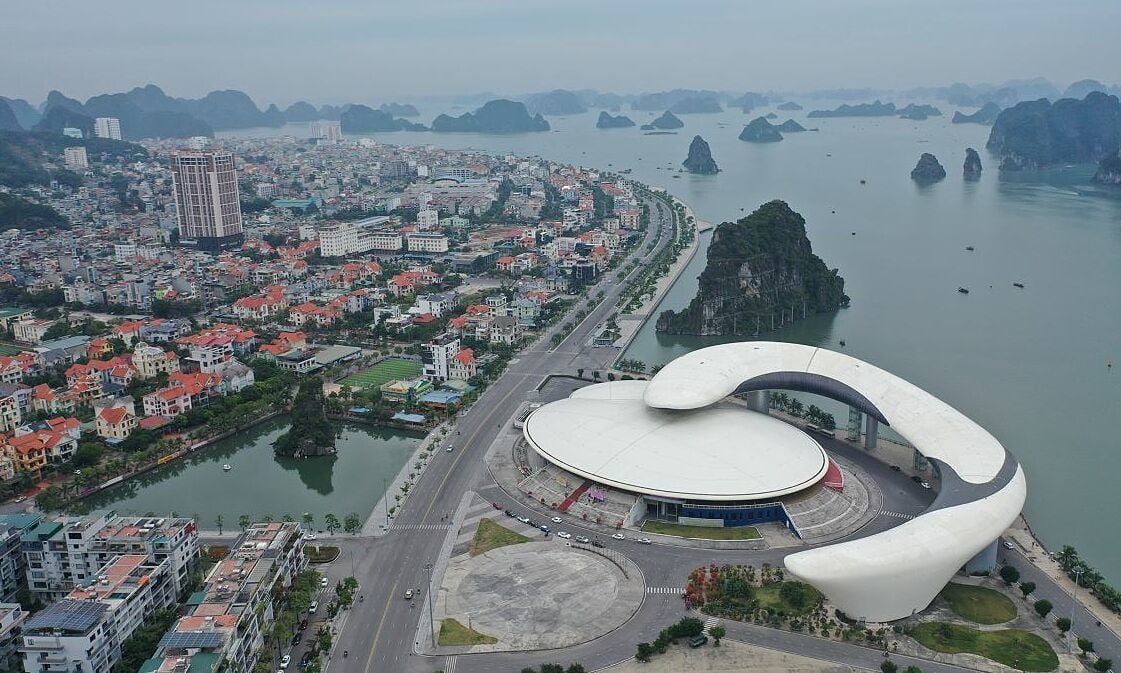
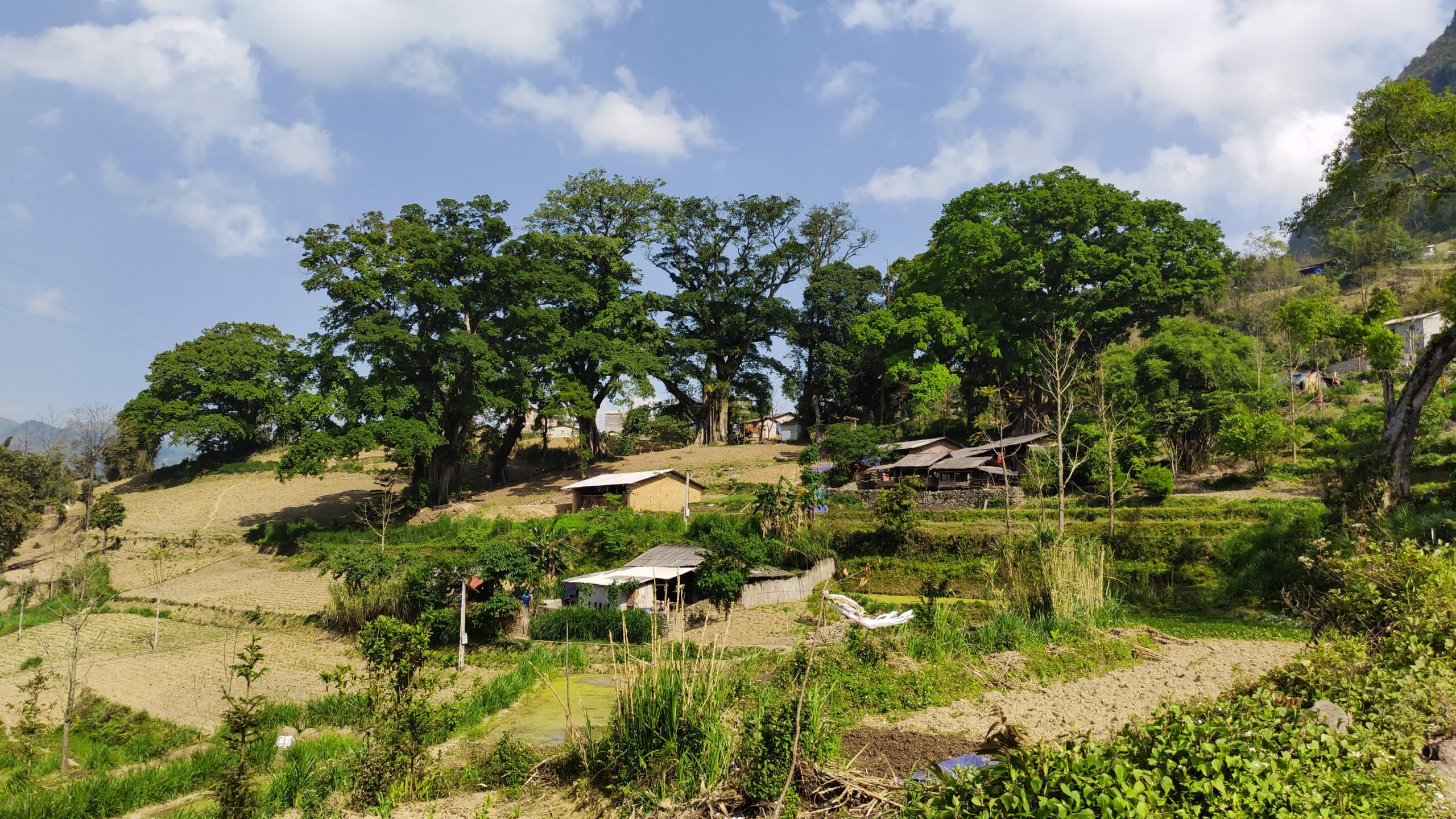

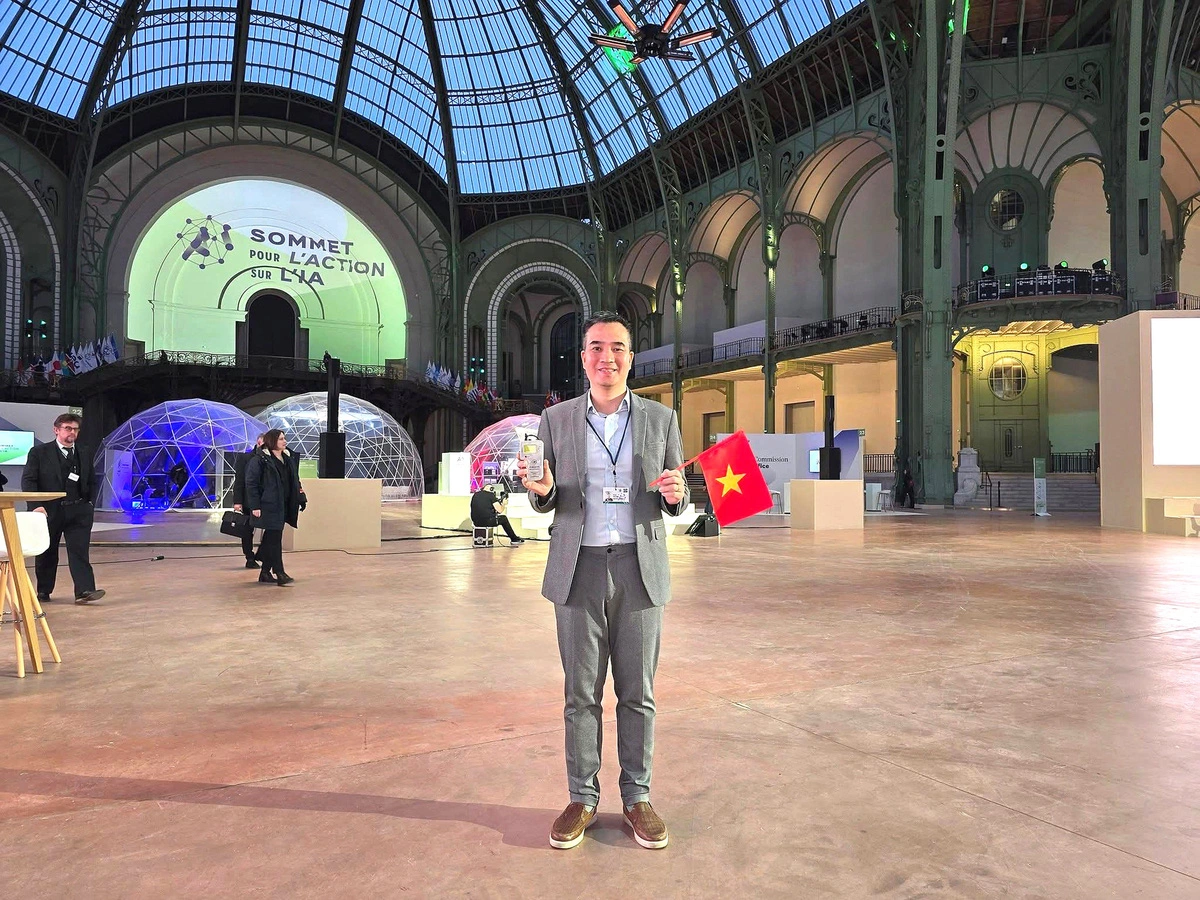




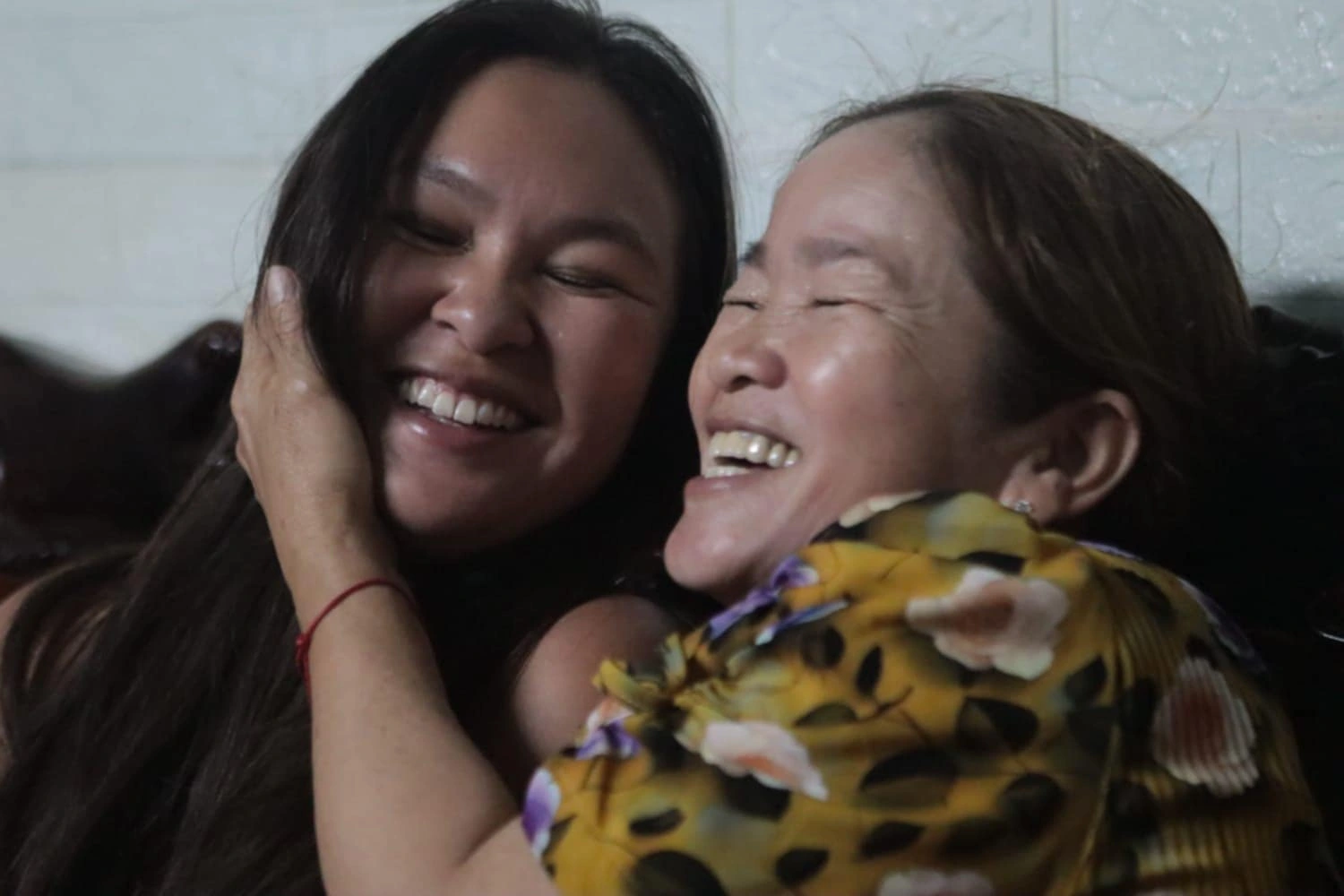





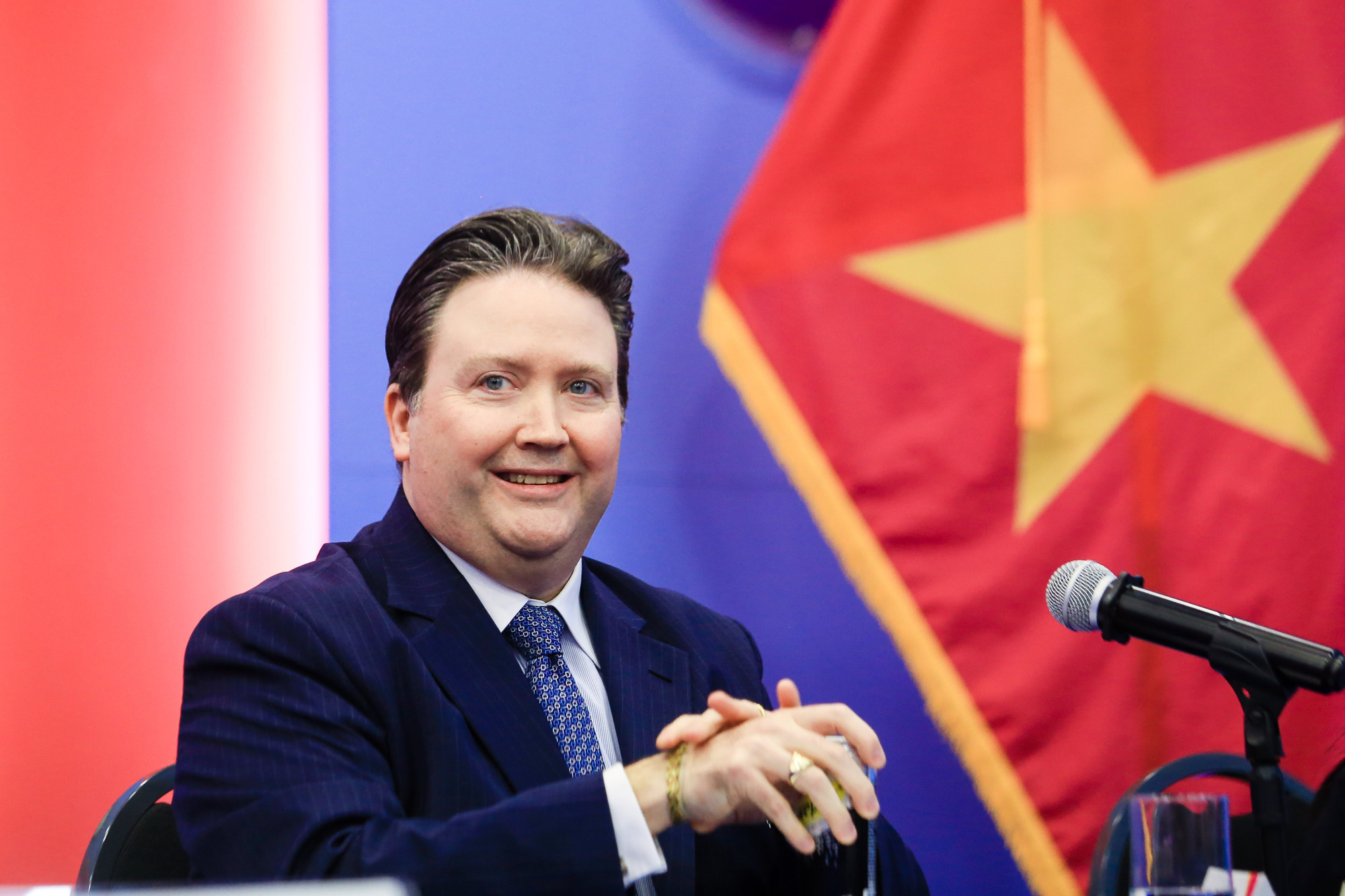
Comment (0)